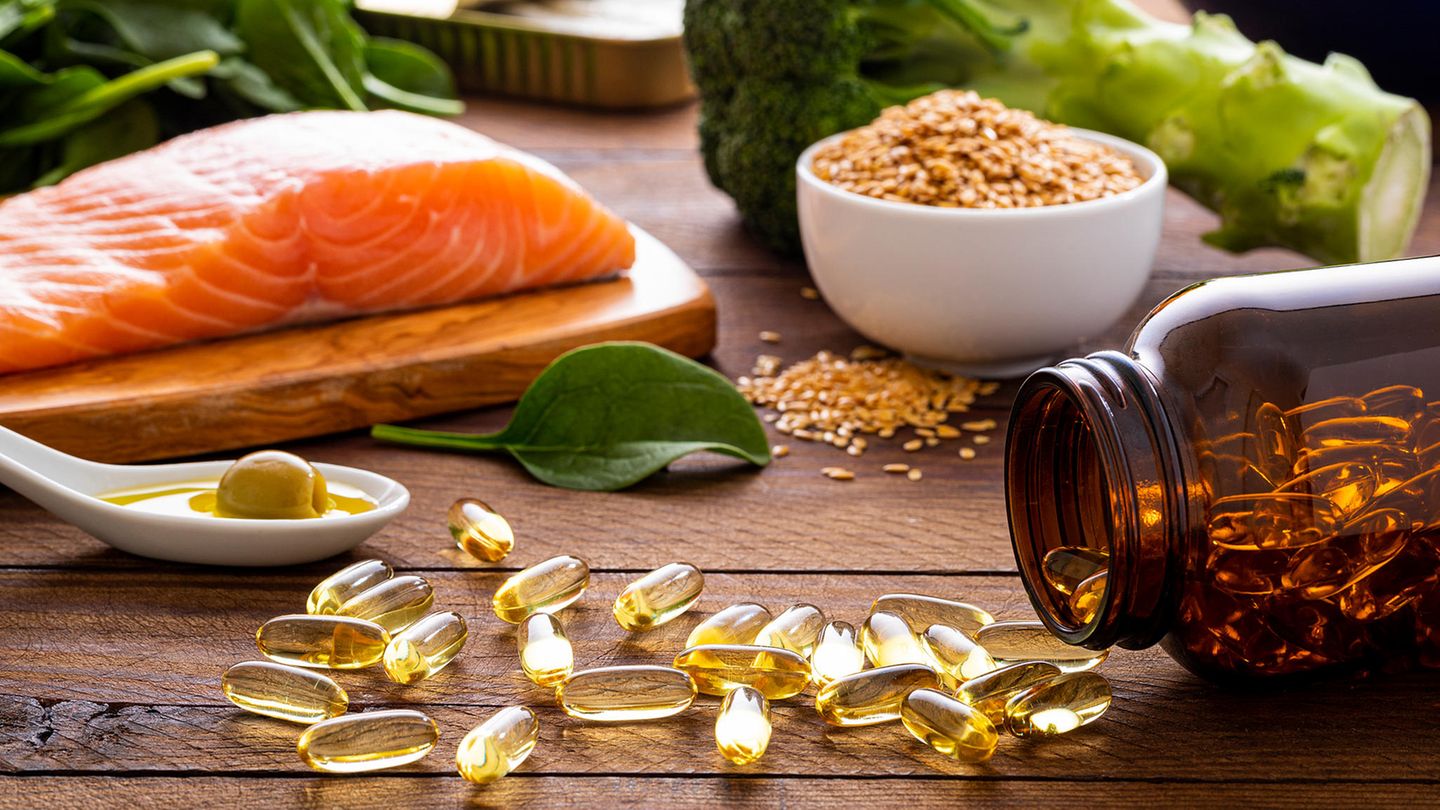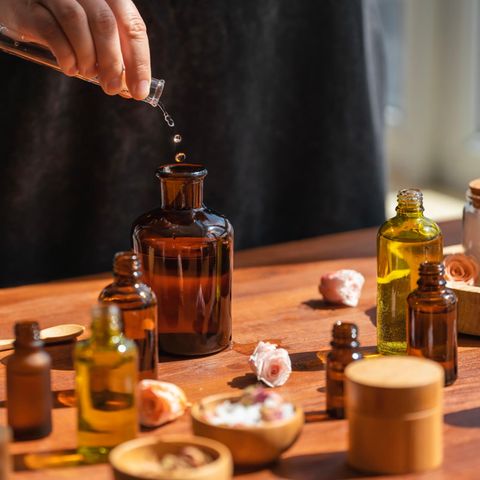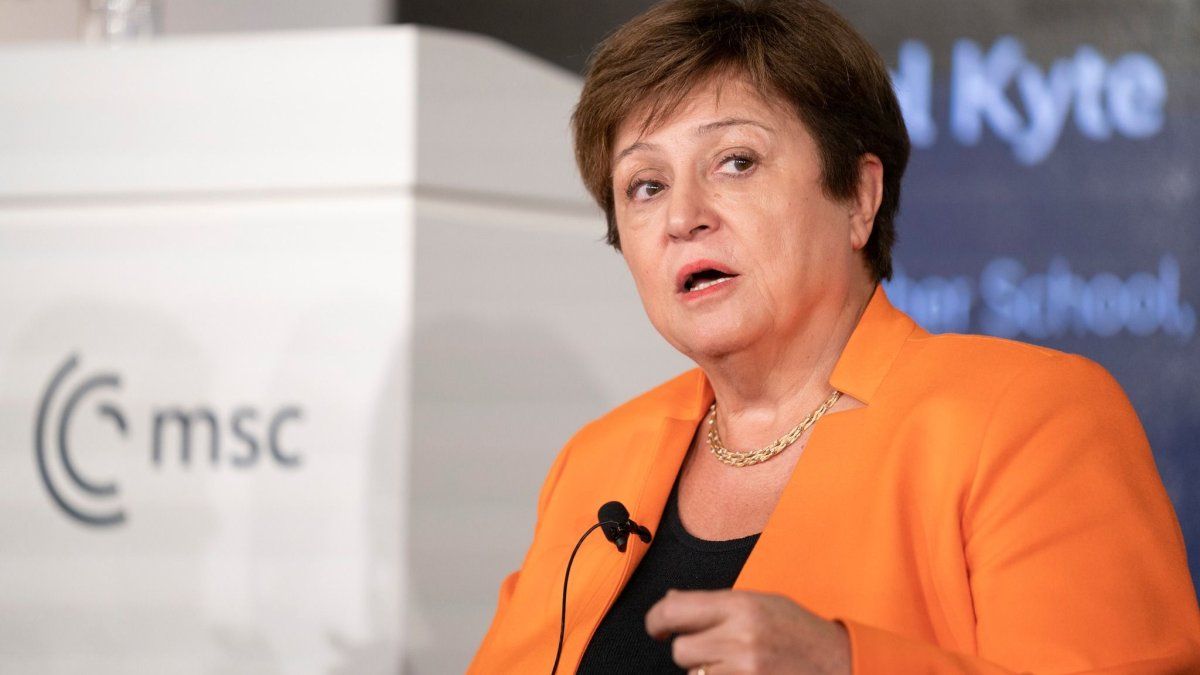Alternative medicine
Naturopathy for cancer: What you should know about vitamin D & Co
Copy the current link
The promise of natural medicine is great: many medicinal herbs and miracle pills are said to work against cancer. There is often something to it – but they are not a replacement for tumor therapies.
Many oncologists react negatively or even angrily when cancer patients ask: “What can I do myself?” There is a lot there, and sometimes you should not hesitate to explain to your doctors what it means about complementary medicine in the treatment of oncological patients.* The author of this text is aware of current cases in which specialists in cancer medicine did not even know that such a guideline even exists.
The word “complementary” stands for “supplementary” – these are active ingredients that can be considered in addition to tumor therapy, always in consultation with the oncologist, because overdoses can have undesirable consequences.
On the one hand, the current guidelines for complementary oncology, which were published as a consensus and compromise by many medical societies in the spring, served as the basis for the evaluation of the active ingredients. There is also a guide from the coordinator of this guideline commissioned by the German Cancer Society, the oncologist Jutta Hübner from the University of Jena, which takes other commonly used active ingredients into account.
ginseng

Ginseng is a perennial herb found in some provinces of northern China and northern South Korea. There is commercially available white ginseng, which is obtained from washed roots, and red ginseng, which is treated with steam and then dried. Studies from Korea suggest that regular consumption of ginseng could reduce the risk of developing cancer. Taking ginseng could also be useful during cancer therapy. It could combat the chronic fatigue that many cancer patients suffer from. However, the study base for both statements is sparse. In higher doses there are side effects and interactions with commonly prescribed anticoagulants, diabetes medications and antidepressants.
Vitamin D
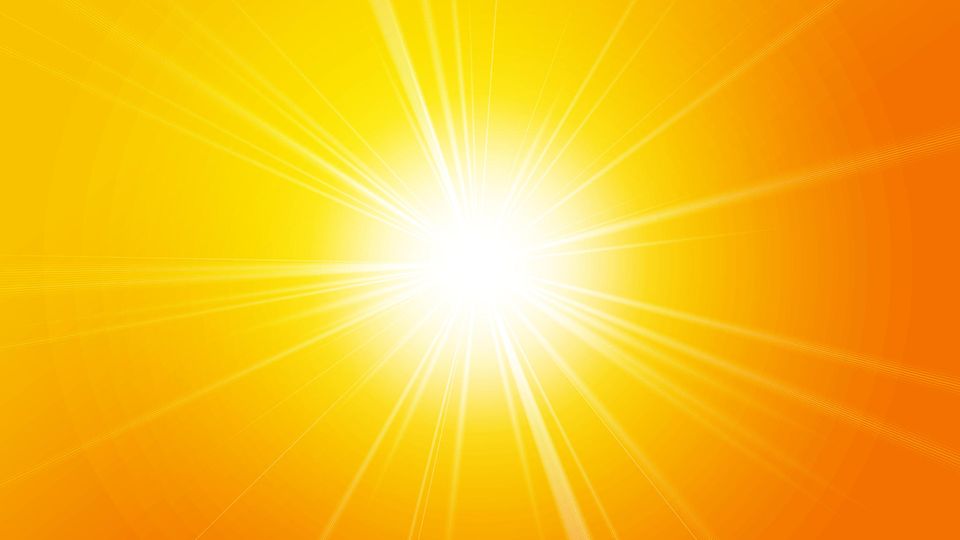
Studies have shown that people who are well supplied with vitamin D are less likely to develop various types of cancer. In the event of illness, their prognosis is better. The question is still open as to whether vitamin D is helpful in itself or just a sign that a person spends a lot of time outdoors and leads a healthy lifestyle. When exposed to sunlight, the body can produce the active form of vitamin D3 from precursors in the skin. In its active form, vitamin D is only found in a few foods such as cod liver oil, salmon, veal or chicken eggs.
Almost half of Germans have suboptimal levels in their blood or even have a vitamin D deficiency. Therefore, according to the “Complementary Oncology” guideline, it should be routine to have blood levels determined after a cancer diagnosis. In the event of a deficiency, which occurs especially in the winter months, cancer patients should adapt their lifestyle and diet and, if necessary, also administer vitamin D as a dietary supplement. However, very high dosages, as are often recommended by alternative medicine, are dangerous.
Milk thistle
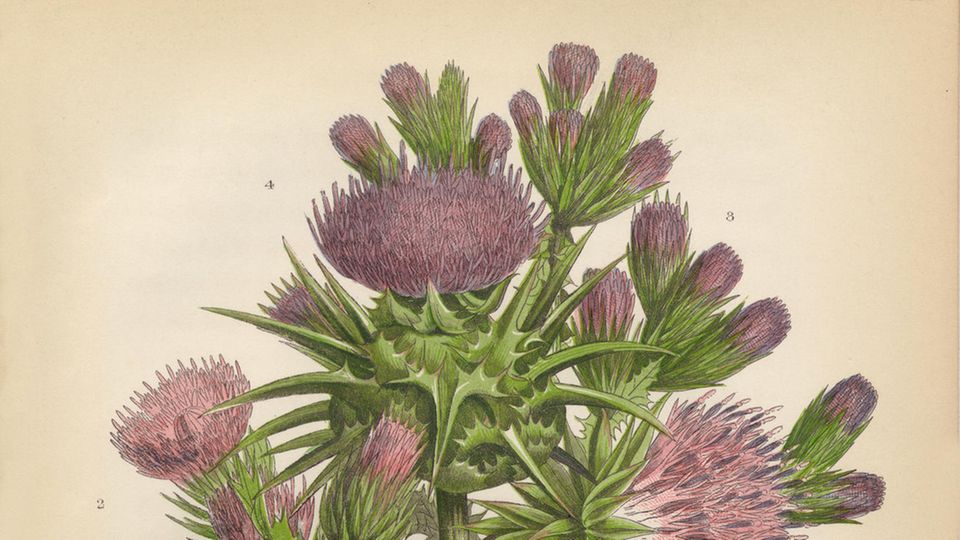
The active ingredient silymarin from milk thistle is used successfully for liver diseases. Since cancer patients often have liver problems and therapeutic experience is high, a trial of therapy may make sense. As an ointment, the substance works against the skin damage that is common during cancer therapy and is known as hand-foot syndrome.
sage
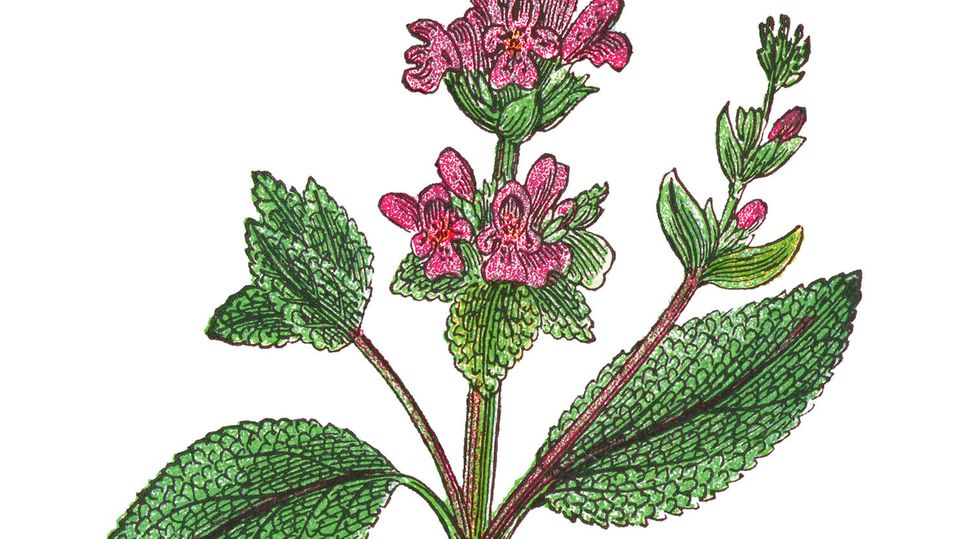
The tannins from sage have an anti-inflammatory effect and are suitable for treating a very common side effect of cancer therapy: inflammation of the oral mucosa. In the form of a tincture or sage tea, the plant can be used as a preventive measure for mouthwashes. Severely inflamed areas can be treated with cotton swabs. Also the essential oil of the chamomile has an anti-inflammatory and wound healing effect in the same way.
selenium
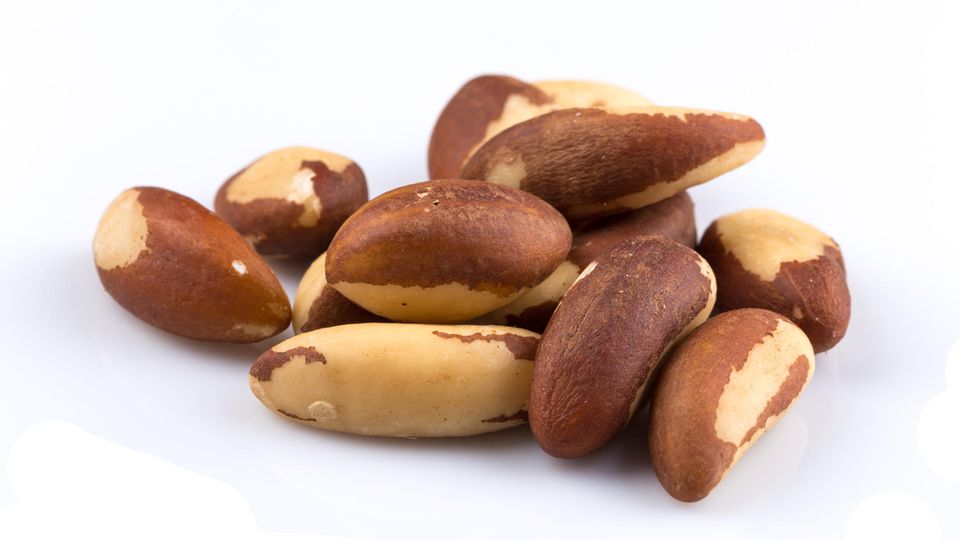
The trace element selenium is found in animal foods such as meat, fish and eggs. In plant foods – especially cabbage, onion vegetables and legumes – the content depends heavily on the selenium content of the soil. There is a particularly high amount of selenium in Brazil nuts.
The data on selenium is complicated. On the one hand, cancer patients are more likely than the average population to be deficient in the trace element. In the case of a selenium deficiency, you can also reduce the likelihood of developing cancer through targeted intake. However, if you take too much of it, the risk of cancer increases. A well-known study on prostate cancer patients was even stopped because it was feared that selenium could be more harmful.
There should be neither too much nor too little selenium in the body. For all of these reasons, the current guidelines recommend routine determination of levels – as with vitamin D. Vegans can be more often affected by a selenium deficiency, which is particularly relevant because a vegan diet is more often recommended in alternative medicine. Under no circumstances should you take selenium-containing dietary supplements on your own without regularly checking levels, as significant side effects can occur in the event of overdose.
Omega-3 fatty acids
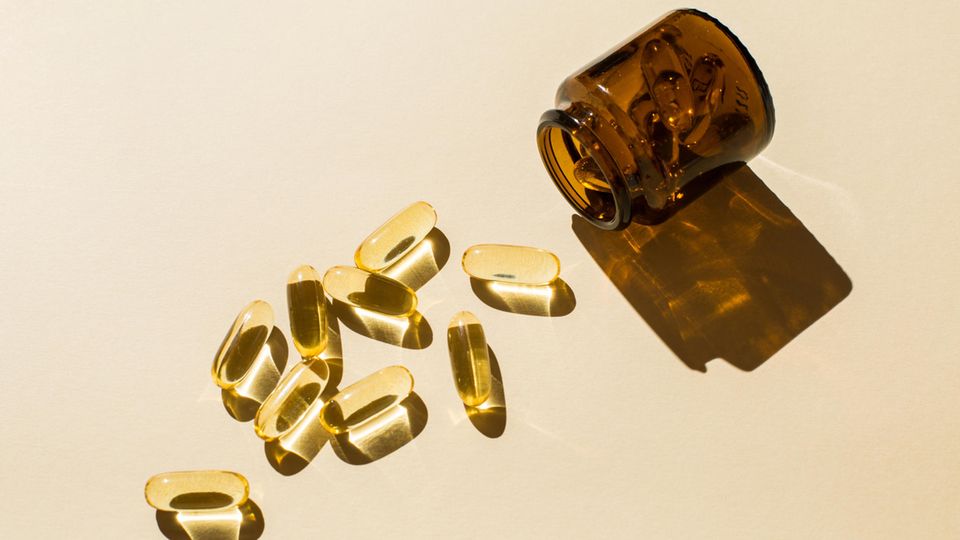
The polyunsaturated omega-3 fatty acids are usually recommended to protect against cardiovascular disease. They are mainly found in fatty fish, nuts, seeds and their oils. Fish oil capsules are available as dietary supplements. Whether omega-3 fatty acids really protect against cancer or are helpful during therapy is still being debated in science. But cancer patients don’t have to worry about that, because a diet rich in omega-3 fatty acids is healthy anyway.
But the same basic rule applies as always: don’t overdo the dose. As early as 2009, the Federal Institute for Risk Assessment (BfR) warned of the health risks of an overdose: high cholesterol levels, impaired immune defenses in older people, increased mortality in people with heart disease. Since last year, this list has been expanded to include atrial fibrillation. The BfR’s dosage recommendation is 1.5 grams per day, whereas the European Food Safety Authority EFSA, in a statement from 2012, considers the intake of up to 5 grams to be safe for adults without previous illnesses.
incense
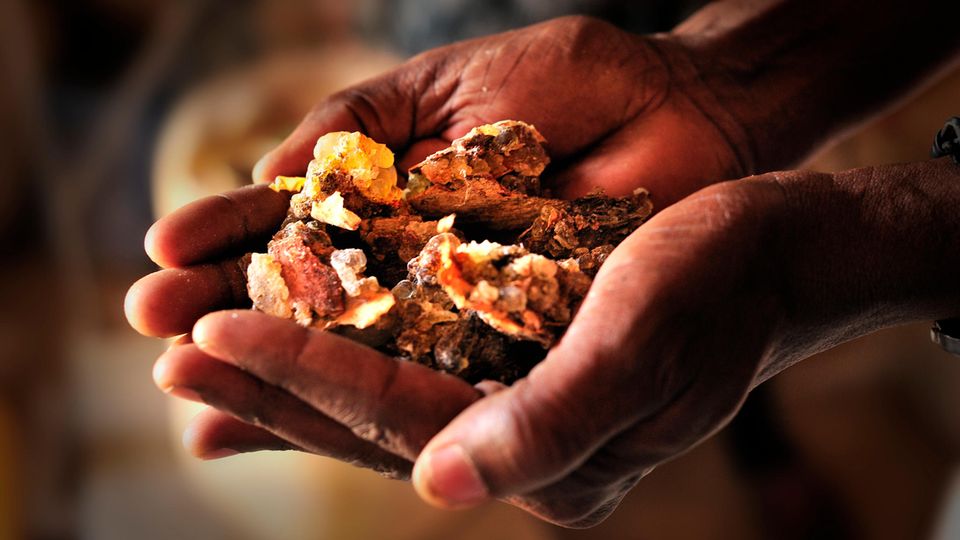
The Boswellia genus Boswellia tree grows in Africa, Arabian countries and India. The resin in which boswellia acids occur is medically interesting. Frankincense is particularly interesting for patients with brain tumors. As the disease progresses, water retention (edema) often occurs. Since the brain cannot expand within the skull, neurological damage can result. Small studies have shown that taking frankincense can lead to a decrease in this edema and also improve neurological symptoms in patients.
* On the one hand, the current guidelines for complementary oncology, which were published as a consensus and compromise by many medical societies in the spring, served as the basis for the evaluation of the active ingredients. There is also a guide from the coordinator of this guideline commissioned by the German Cancer Society, the oncologist Jutta Hübner from the University of Jena, which takes other commonly used active ingredients into account.
Source: Stern
I’m Caroline, a journalist and author for 24 Hours Worlds. I specialize in health-related news and stories, bringing real-world impact to readers across the globe. With my experience in journalism and writing in both print and online formats, I strive to provide reliable information that resonates with audiences from all walks of life.

